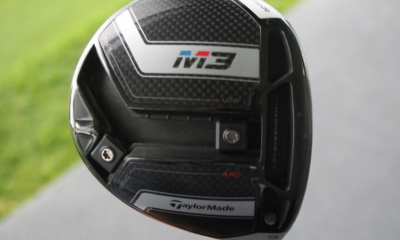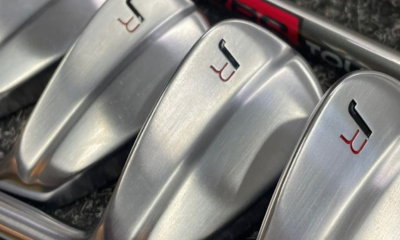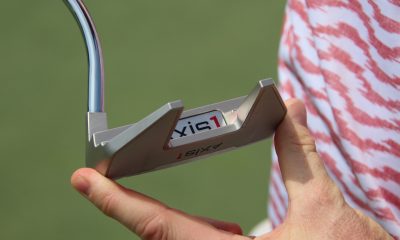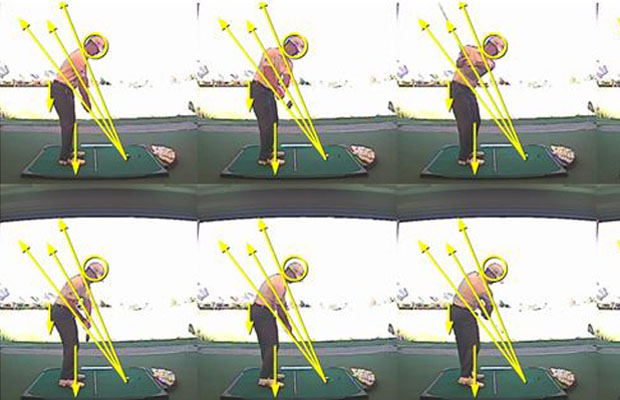Equipment
TrackMan 4 vs. GCQuad: Full tech breakdown (plus Justin Rose explains why he uses both)
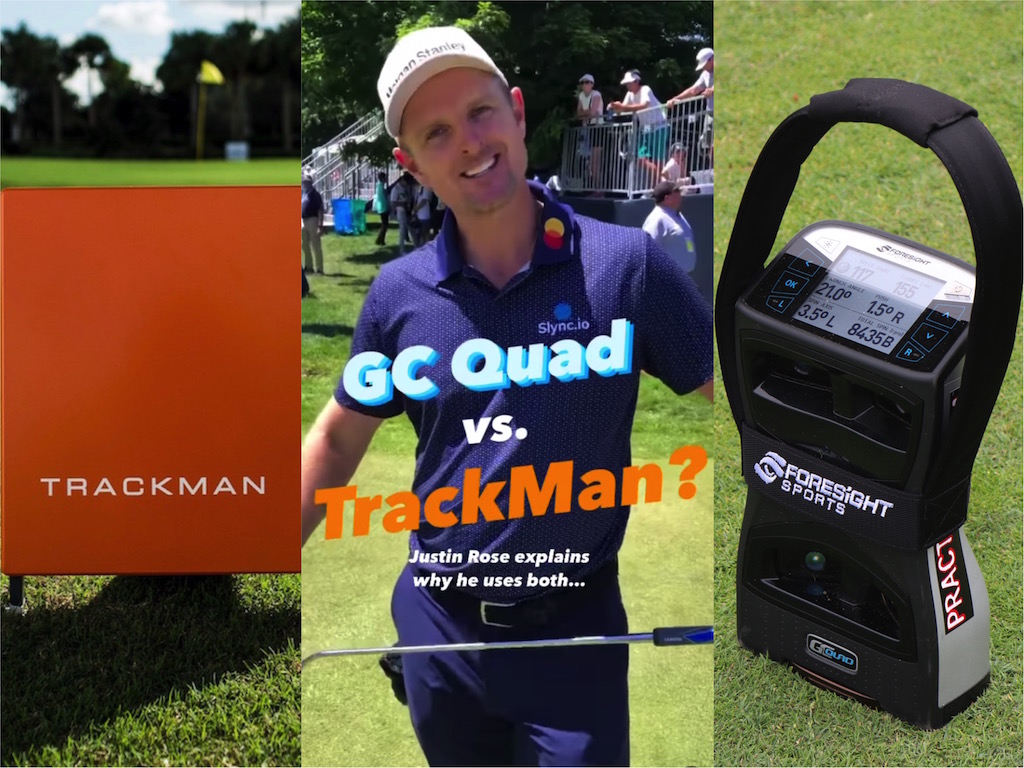
If you walk up and down the range at a PGA Tour event, you’ll notice that nearly every player has a portable launch monitor setup at their practice station. They either have one behind their hitting station, pointing directly down the target line (TrackMan), or in front of them, facing perpendicular to the target line (Foresight Sports GCQuad).
(It should be noted that some players use FlightScope, Full Swing, or another launch monitor system, but for the purposes of this article, we’ll be focusing on TrackMan and GCQuad)
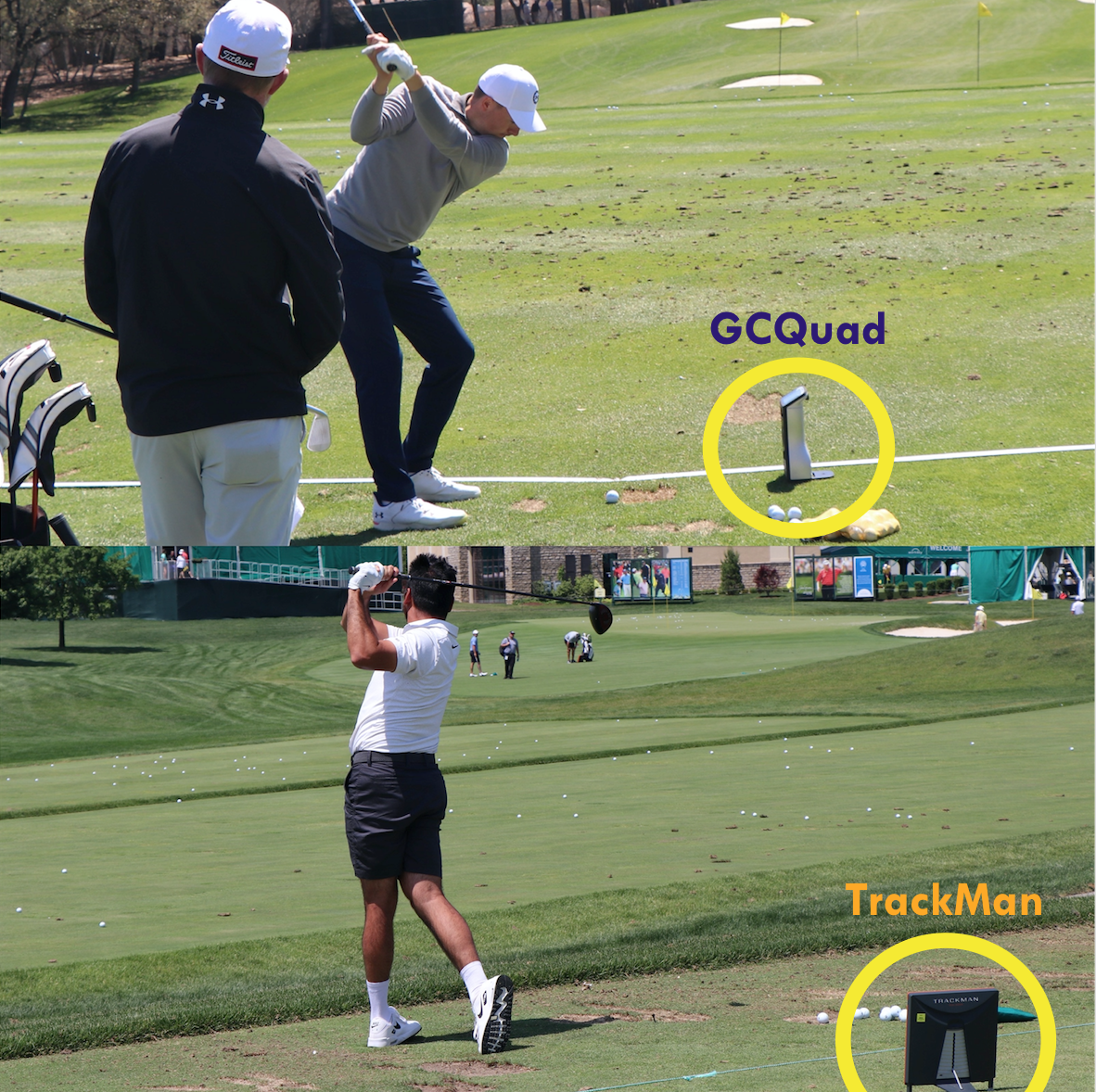
Jordan Spieth (top) was using a Foresight Sports GCQuad at the 2022 WGC-Dell Technologies Match Play, while Jason Day was using a TrackMan 4 during a testing session at the 2022 Memorial Tournament presented by Workday.
Sometimes, a player will actually have both TrackMan and GCQuad launch monitors functioning simultaneously. Justin Rose is one of the players who uses both.
Earlier this year, at the 2022 U.S. Open, I asked Rose why he uses both launch monitor systems at the same time, because, wouldn’t that be a bit redundant?
Before getting into his answer, I wanted to provide an overview of the differences between the TrackMan 4 and Foresight Sports GCQuad systems, and what they measure. The science and engineering behind these systems can get extremely complicated if you get too deep in the weeds, but let’s try to make this as simple as possible.
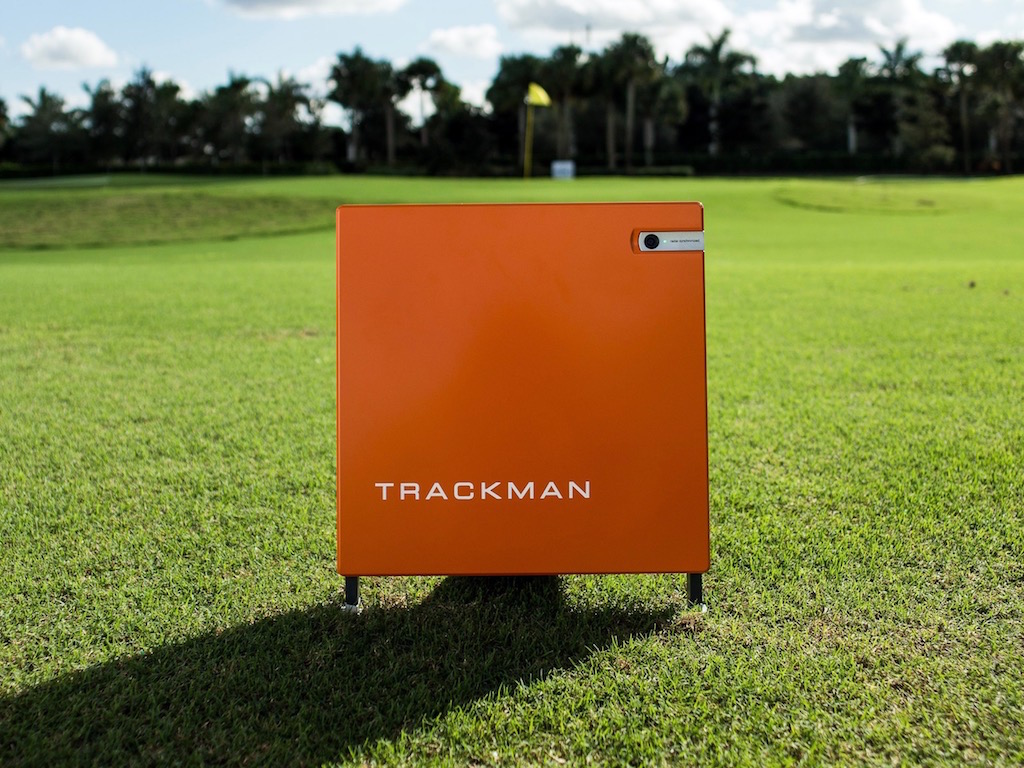
The TrackMan 4 unit ($21,495) – which is the unit that most TrackMan users on Tour currently use – tracks the full trajectory of the golf ball using a dual-radar system combined with OERT (Optically Enhanced Radar Tracking). According to TrackMan, the “OERT synchronizes an inbuilt full HD video camera with the dual radar system to give you the most accurate analysis possible.” Basically, it combines doppler radar and camera technology to track the golf ball and golf club.

Here’s an example of the data feedback you might see from a TrackMan 4, displayed through a computer screen (photo credit: lukecollinsgolf.com)
It should be noted that TrackMan can run in multiple modes, including unnormalized (unaltered data from the full ball flight), normalized (calculates how a ball would fly without wind, and allows users to adjust for ball type, temperature and elevation), and indoor (hitting into a net). In the unnormalized mode, it measures the full flight of the golf ball, from impact until it hits the ground. In the normalized or indoor modes, TrackMan takes impact and initial launch conditions and determines the remainder of the flight data using calculations.
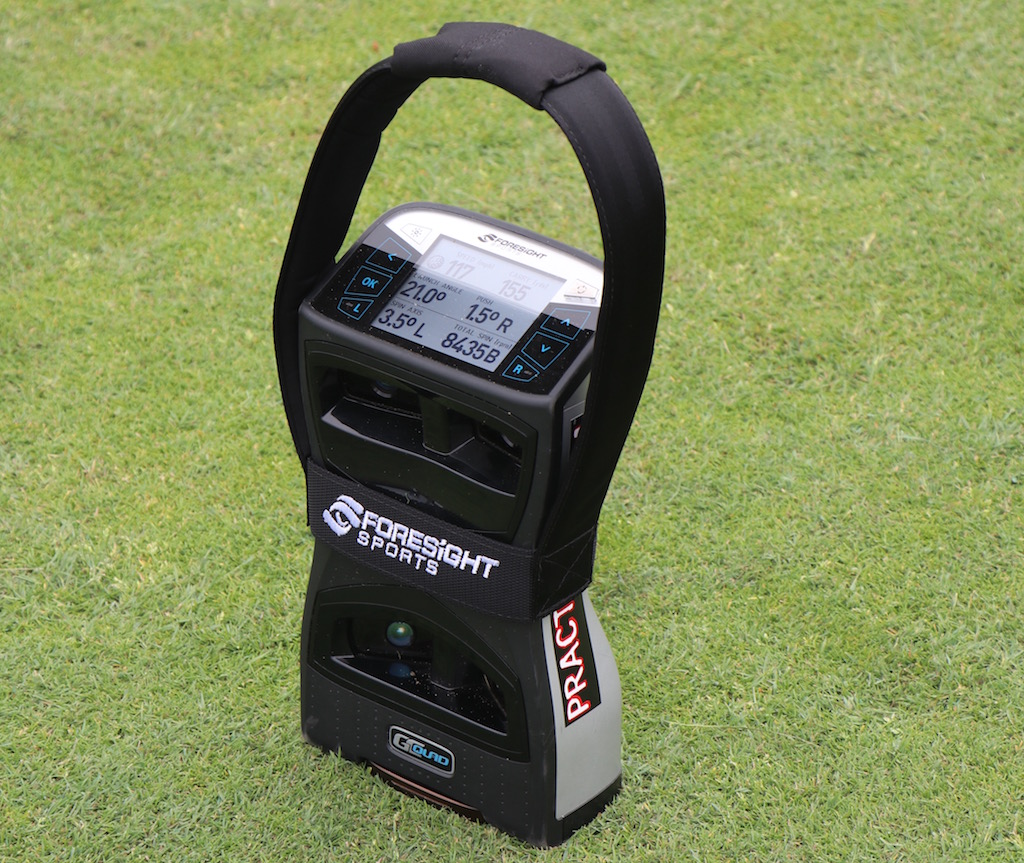
Available in limited qualities to PGA Tour players, Foresight Sports is offering a velcro strap to make the GCQuad easier to carry.
The Foresight Sports GCQuad ($14,500), on the other hand, is Quadrascopic, meaning it uses a 4-camera system. The GCQuad captures data from within the strike zone, and it uses photometric measurements from a side-on angle to measure both golf ball and club data. According to a Foresight Sports representative, “All club delivery and ball launch data is measured, not calculated, or derived from other data parameters.”
Basically, the GCQuad system takes the measurements of the launch conditions and club positions at impact using its custom camera lenses, then determines the remainder of the ball flight metrics using calculations. The GCQuad also makes adjustments to carry distance based on atmospheric pressure, temperature and elevation using a built-in thermometer/barometric altitude sensor, and users can customize altitude.
The GCQuad also has different modes, depending on how many reflective dots you place on the face of the golf club. The graphic below, which is a screenshot from ForesightSports.com, highlights the differences of those modes.
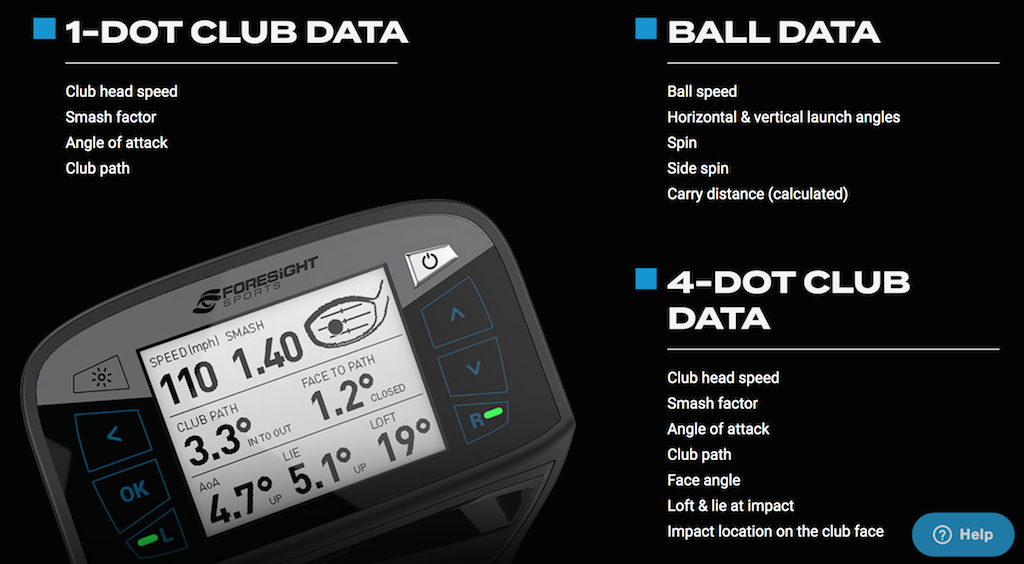
In the real world setting at PGA Tour driving ranges, there’s a few pros and cons to using one system versus the other.
When using a TrackMan, players set up the unit behind the golf ball, and the system displays data feedback on a separate smart device (a tablet, cell phone, or laptop). There are no reflective dots necessary to gauge extensive club data. The GCQuad, on the other hand, gets placed on a side-on angle to the golf ball (a.k.a., facing the player at address) and displays golf ball data directly onto the screen of the unit. For more extensive club data when using the GCQuad, reflective dots must be used, but remember, they are illegal during competition to leave on the face, so players must remember to remove them before play.
There are a few other points of note to consider between the two launch monitors:
1) TrackMan measures club impact parameters by identifying the geometrical center point of the the club head using radar, whereas GCQuad measures the front of the face from a side-on angle using cameras.
2) TrackMan derives spin axis using calculations based on either initial flight (the first 30 yards of flight in outdoor mode), or spin loft and face-to-path ratio (indoor mode), whereas the GCQuad measures the rotation of the golf ball as it launches.
3) TrackMan reports that its dual-radar system captures data at 40,000 frames per second, whereas GCQuad reports that it captures around 10,000 frames per second.
4) TrackMan has performance tools such as the TrackMan Combine – which is a test of strengths and weaknesses – and Test Center 2.0.
All things considered, in a practical sense, since the TrackMan requires multiple devices to see real-time feedback on a shot, the GCQuad is a bit more portable and offers the player immediate ball data just by looking at the unit’s screen. While the TrackMan can be used on the course – and plenty of PGA Tour players do take TrackMan units around with them during a practice round – the GCQuad sees more use on shots hit during practice rounds on the course. TrackMan, however, provides more data points in terms of club data without a barrier to entry of using reflective dots.
As mentioned before, there are pros and cons to each system.
Of course, accuracy is of upmost importance to both players and their coaches, but that’s for them to determine which one is best for their purposes.
Here’s a cool point of note when using both systems simultaneously: players can actually identify the effect of wind on distance in a given environment. Using a TrackMan in the unnormalized mode (where it tracks the full ball flight), combined with a GCQuad (which factors in temperature, air density, and elevation, but not wind), players can simply take the difference in distance between the TrackMan distance (which accounts for actual flight in the wind), and the GCQuad distance (which doesn’t account for wind). For example, say an unnormalized TrackMan measures the shot at 142 yards, but the GCQuad measures it at 145 yards; the effect of wind on that shot would be 3 yards.
OK, so let’s get out of the weeds and into why Rose decides to use both during his practice sessions.
Justin Rose says…
View this post on Instagram
“I use both out of laziness a little bit,” Rose told GolfWRX ahead of the 2022 U.S. Open. “I think the TrackMan can do…they can both do the job of each other, right? But it just depends how you like to see it. From the players point of view, I like the quick reference point the Quad gives me, and then my coach will love the detail that the TrackMan gives him, whether that be attack angle, where the low point is, dynamic swing plane, that type of stuff, which is telling him how the handle of the club is working through the ball. Versus, I’m just trying to get ball speed, and spin, and distance. Those are the quick things that I’m keying into, and the coach is keying into some of the technical side of the swing.”
To see more equipment interviews with PGA Tour players, head over to our @GolfWRX Instagram page.
- LIKE39
- LEGIT9
- WOW5
- LOL3
- IDHT3
- FLOP4
- OB3
- SHANK5
Equipment
Why Rory McIlroy will likely use the new TaylorMade BRNR Mini Driver Copper at the RBC Heritage
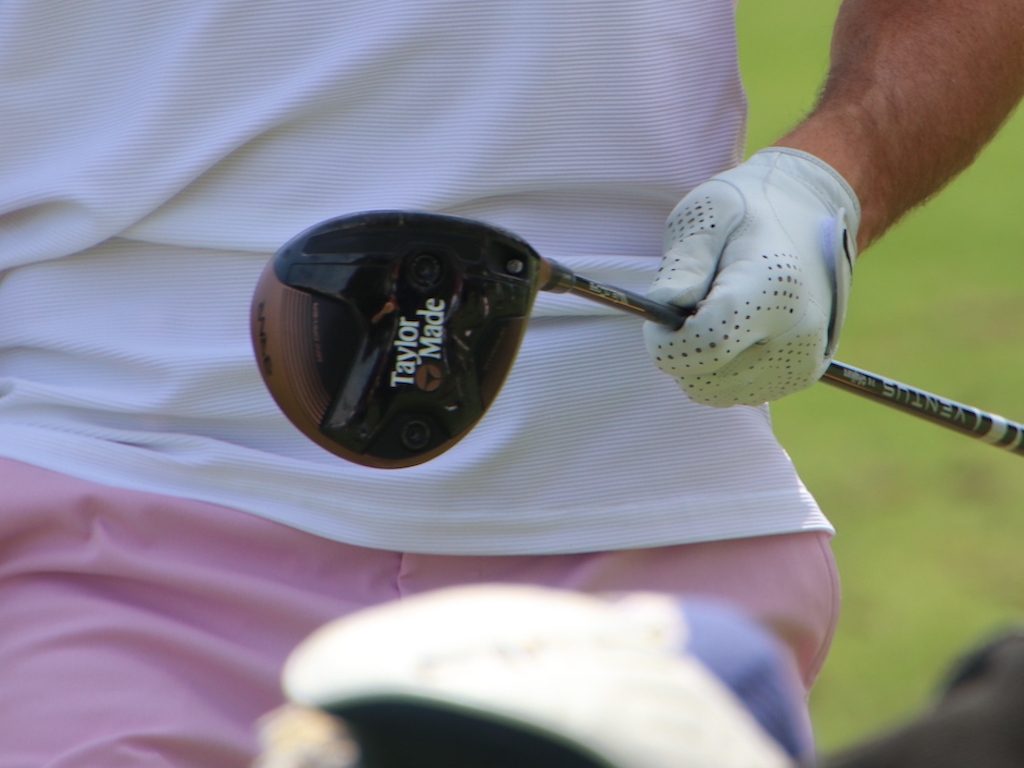
Although we spotted Rory McIlroy testing the new TaylorMade BRNR Mini Driver Copper last week during practice rounds at the Masters, he ultimately didn’t decide to use the club in competition.
It seems that will change this week at the 2024 RBC Heritage, played at the short-and-tight Harbour Town Golf Links in Hilton Head.
When asked on Wednesday following his morning Pro-Am if he’d be using the new, nostalgic BRNR Copper this week, McIlroy said, “I think so.”
“I like it,” McIlroy told GolfWRX.com on Tuesday regarding the BRNR. “This would be a good week for it.”
View this post on Instagram
According to Adrian Rietveld, the Senior Manager of Tour at TaylorMade, the BRNR Mini Driver can help McIlroy position himself properly off the tee at the tight layout.
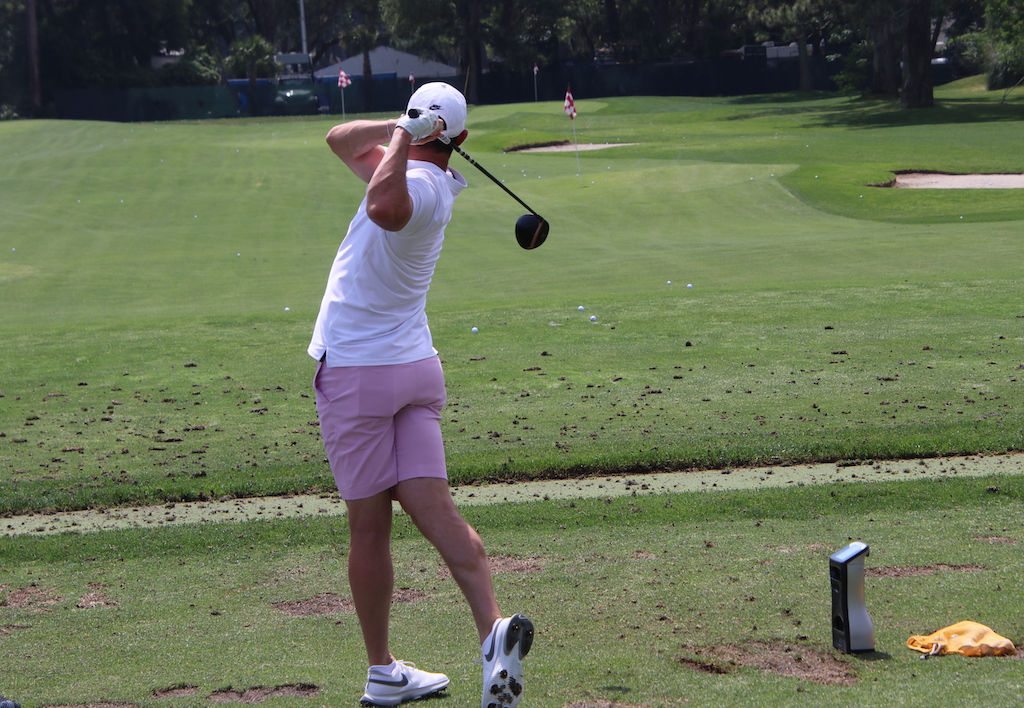
Here’s what Rietveld told GolfWRX.com on Wednesday:
“For someone like Rory, who’s that long at the top end of the bag, and then you put him on a course like Harbour Town, it’s tough off the tee. It’s tight into the greens, and you have to put yourself in position off the tee to have a shot into the green. It kind of reminds me of Valderrama in Spain, where you can be in the fairway and have no shot into the green.
“I’m caddying for Tommy [Fleetwood] this week, so I was walking the course last night and looking at a few things. There’s just such a small margin for error. You can be standing in the fairway at 300 yards and have a shot, but at 320 you don’t. So if you don’t hit a perfect shot, you could be stuck behind a tree. And then if you’re back at 280, it might be a really tough shot into the small greens.
“So for Rory [with the BRNR], it’s a nice course-specific golf club for him. He’s got both shots with it; he can move it right-to-left or left-to-right. And the main thing about this club has been the accuracy and the dispersion with it. I mean, it’s been amazing for Tommy.
“This was the first event Tommy used a BRNR last year, and I remember talking to him about it, and he said he couldn’t wait to play it at Augusta next year. And he just never took it out of the bag because he’s so comfortable with it, and hitting it off the deck.
“So you look at Rory, and you want to have the tools working to your advantage out here, and the driver could hand-cuff him a bit with all of the shots you’d have to manufacture.”
So, although McIlroy might not be making a permanent switch into the new TaylorMade BRNR Mini Driver Copper, he’s likely to switch into it this week.
His version is lofted at 13.5 degrees, and equipped with a Fujikura Ventus Black 7X shaft.
See more photos of Rory testing the BRNR Mini here
- LIKE7
- LEGIT0
- WOW0
- LOL0
- IDHT0
- FLOP0
- OB0
- SHANK0
Equipment
Spotted: TaylorMade P-UDI driving iron
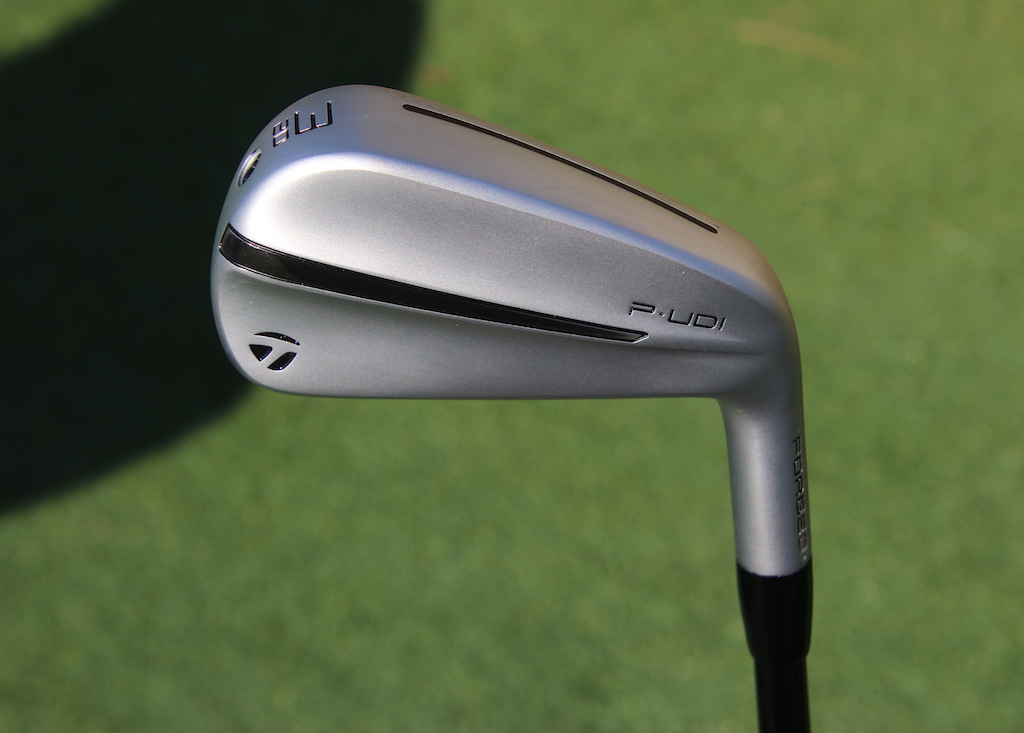
It seems like the RBC Heritage is full of new gear to be spotted, and you can add TaylorMade’s P-UDI utility irons to that list.
We spotted a 17-degree P-UDI 2-iron in Nick Dunlap’s bag yesterday, and now have some photos of both the 3- and 4-irons. Nick has his P-UDI 2-iron setup with a Project X HZRDUS Black 4th Gen 105g TX shaft.
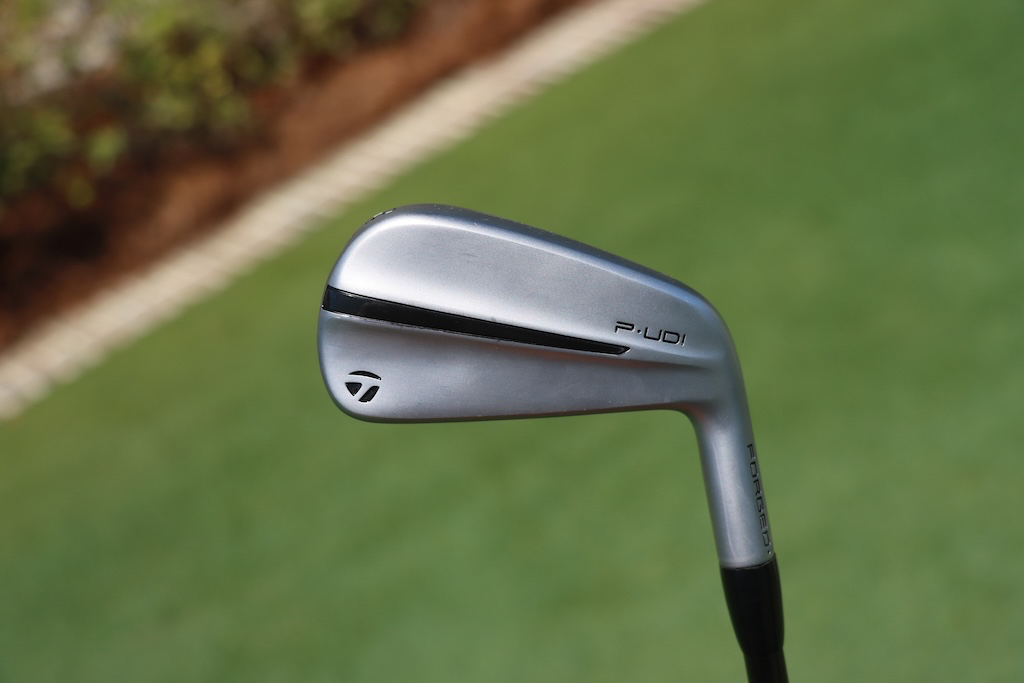
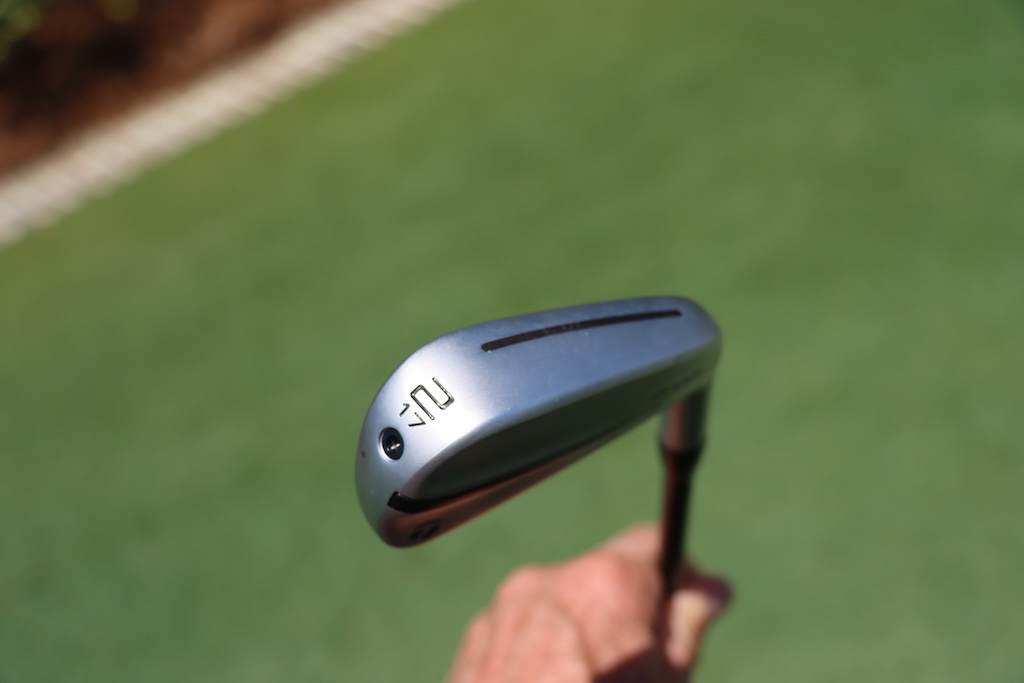
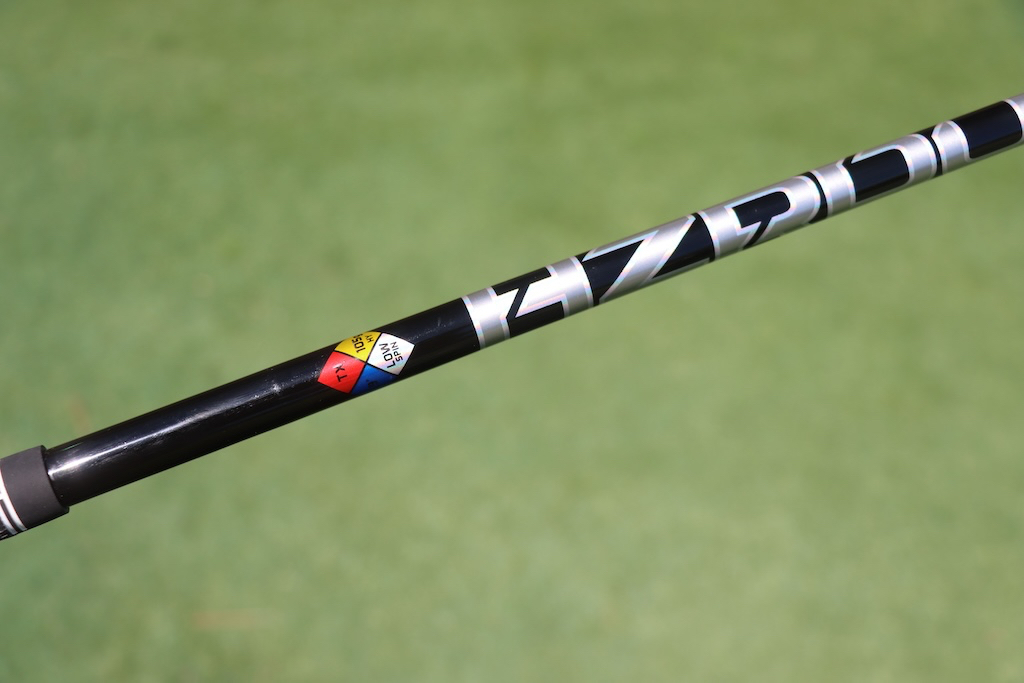
From what we can tell, this new P-UDI utility iron looks to have some of the usual TaylorMade technology as we can see the Speed Slot on the sole of the club for additional face flexibility. A toe screw is usually used to close off the hollow body design that will probably be filled with a version of TaylorMade’s Speed Foam that is present in the current iron lineup. This hollow body, foam-filled design should offer additional ball speed, soft feel, and sound, as well as an optimized CG for ball flight.
“Forged” is etched into the hosel, so we can assume that either the face, body, or both are forged for a soft and responsive feel. The club looks good from behind and at address, where we can see just a little offset and a topline that I would consider medium thickness. We don’t have the full details on what is under the hood or how many loft options will be available yet.
TaylorMade P-UDI 3-iron – 20°
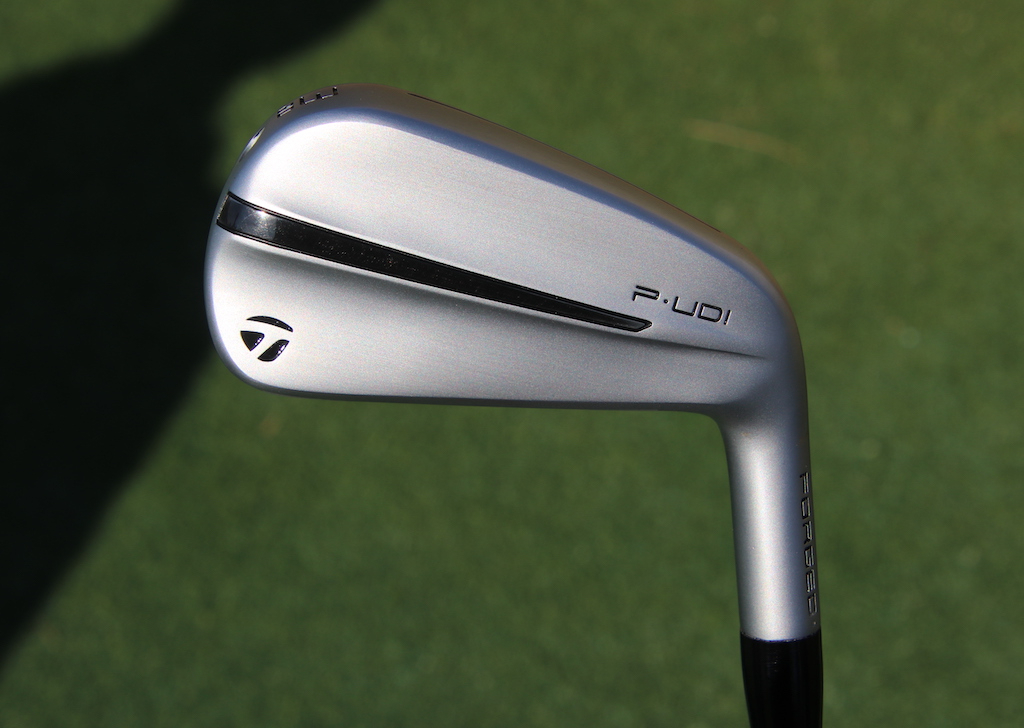
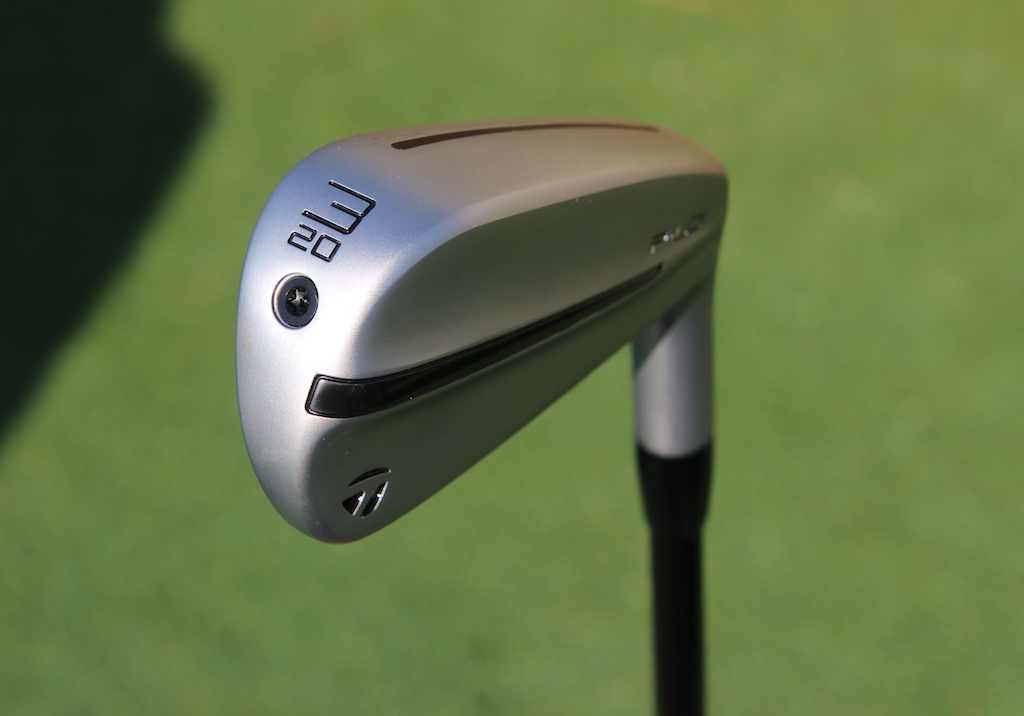
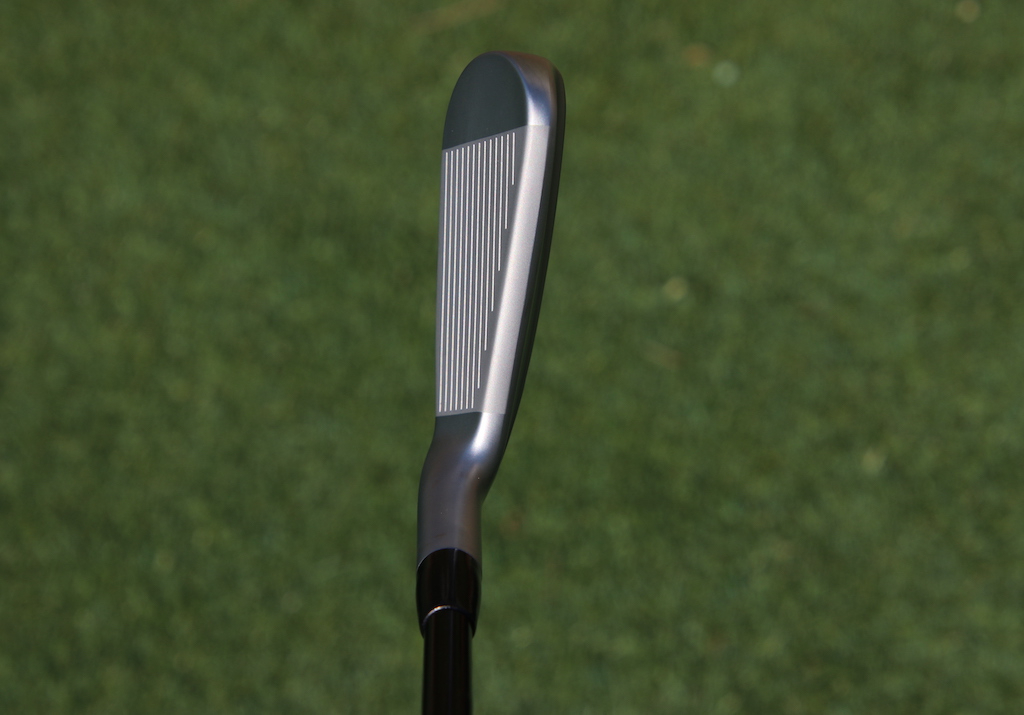
TaylorMade P-UDI 4-iron – 22°
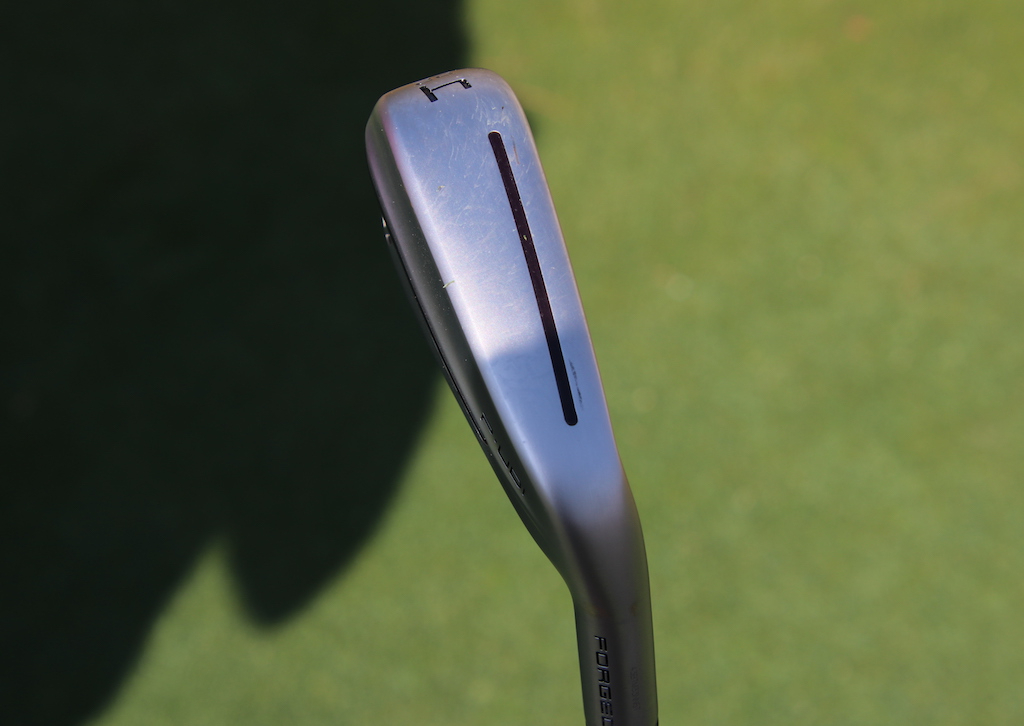
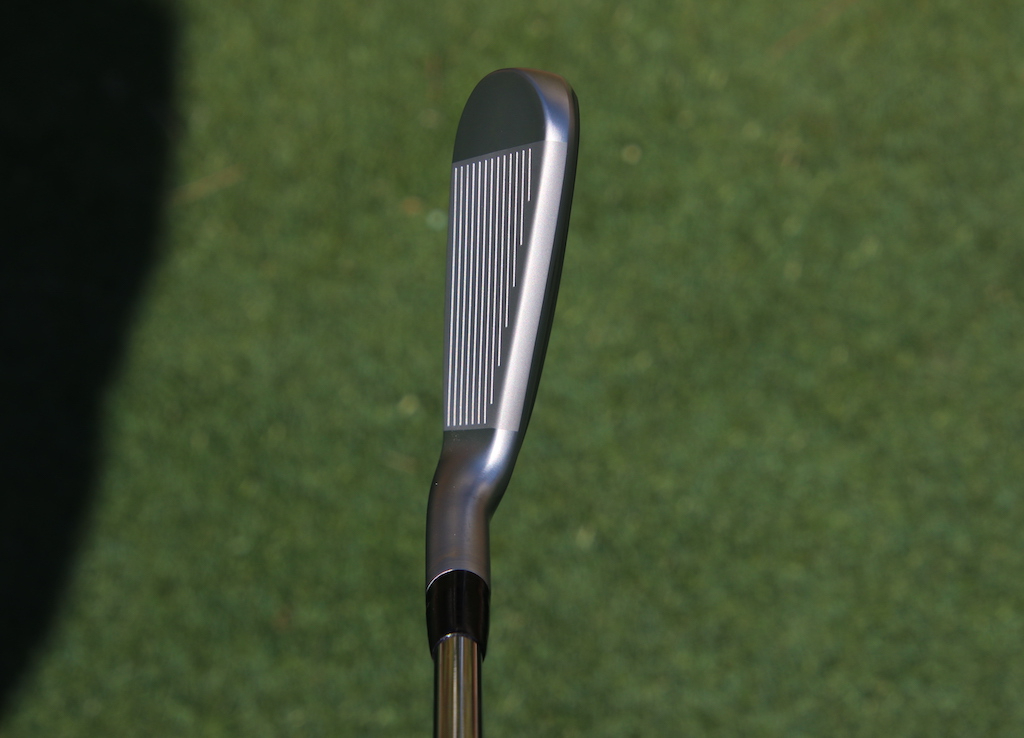
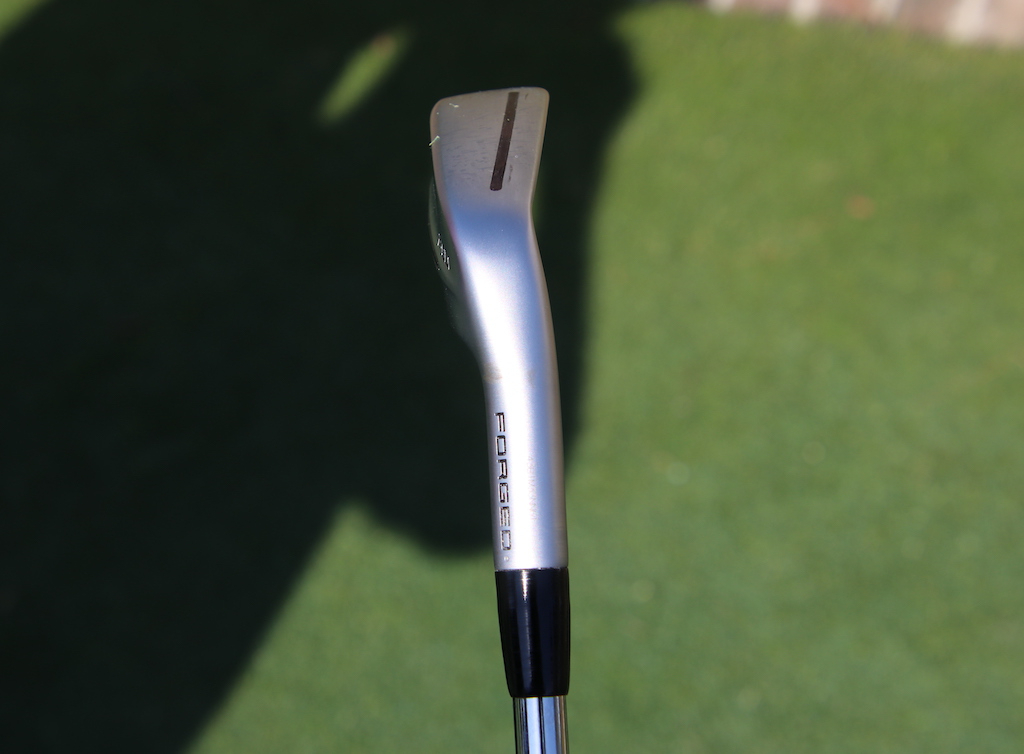
- Check out the rest of our photos from the 2024 RBC Heritage
- LIKE8
- LEGIT1
- WOW1
- LOL0
- IDHT0
- FLOP0
- OB0
- SHANK0
Whats in the Bag
Collin Morikawa WITB 2024 (April)
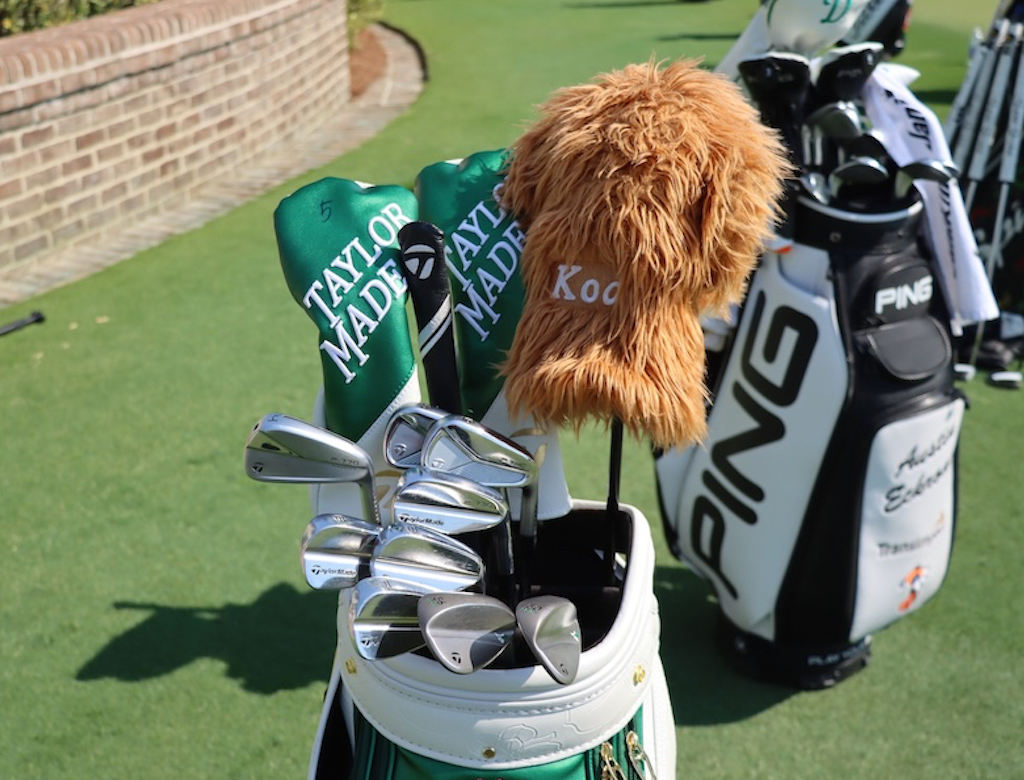
- Collin Morikawa what’s in the bag accurate as of the RBC Heritage. More photos from the event here.
Driver: TaylorMade Qi10 LS (9 degrees)
Shaft: Mitsubishi Diamana D+ Limited 60 TX (45 inches)
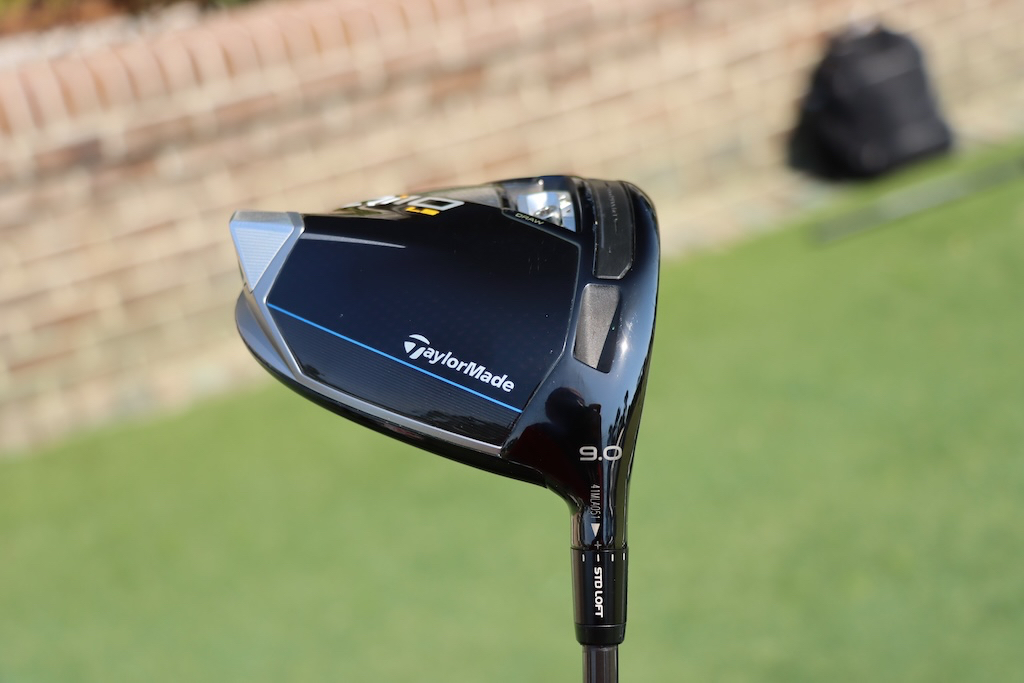
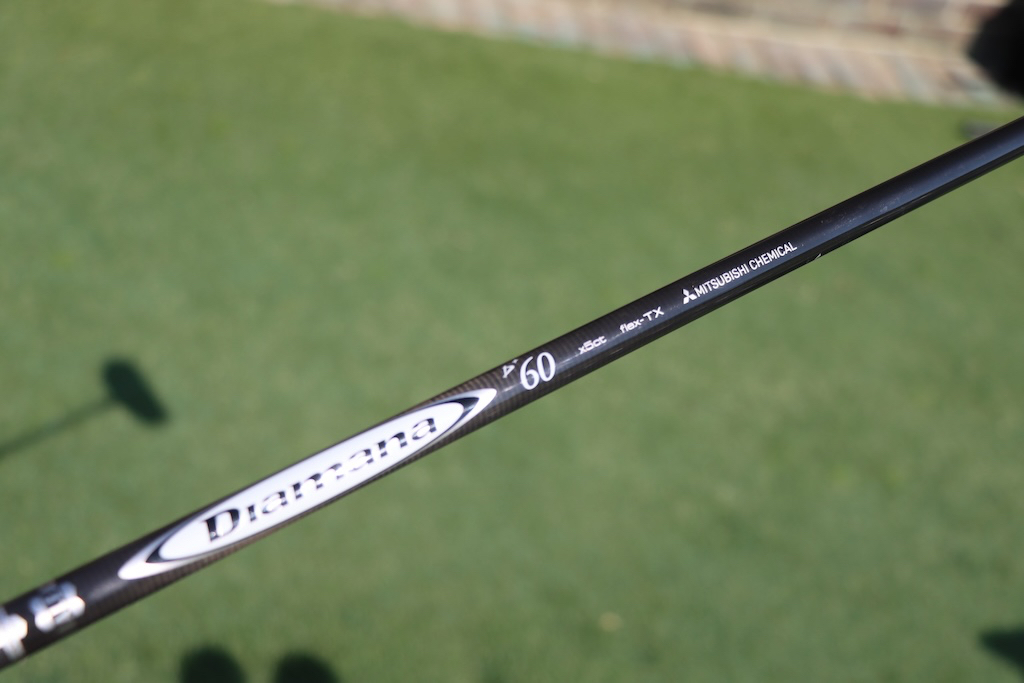
3-wood: TaylorMade Qi10 (13.5 degrees)
Shaft: Mitsubishi Diamana D+ Limited 80 TX
5-wood: TaylorMade Qi10 (18 degrees)
Shaft: Mitsubishi Diamana D+ Limited 80 TX
Irons: TaylorMade P770 (4), P7MC (5-6), P730 (7-PW)
Shafts: True Temper Dynamic Gold Tour Issue Mid 115 X100 (4-6), True Temper Dynamic Gold Tour Issue X100 (7-PW)
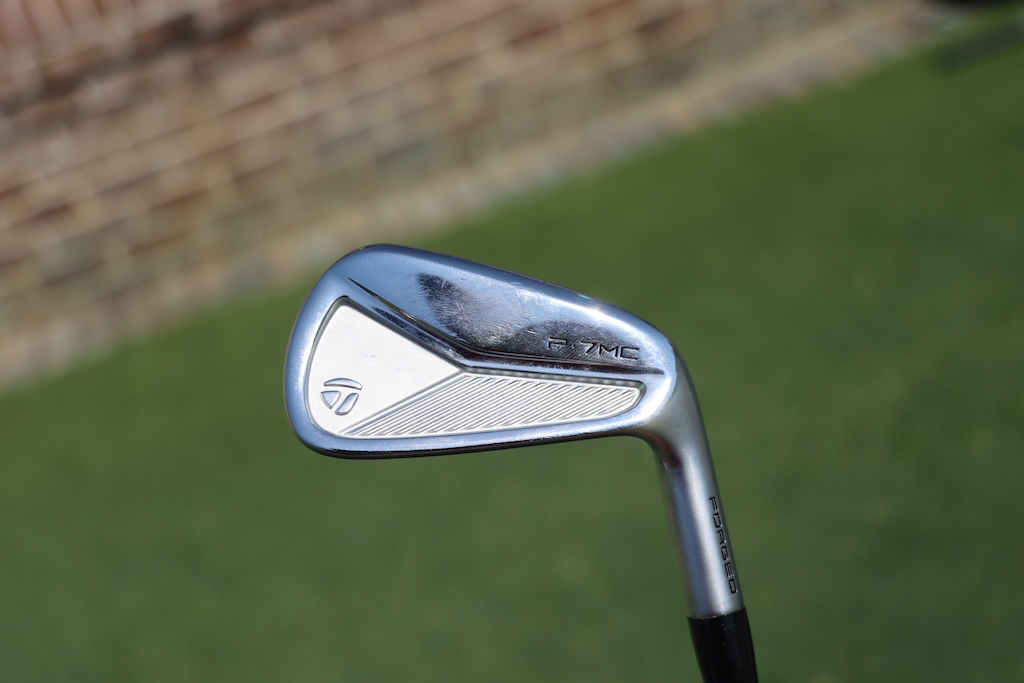
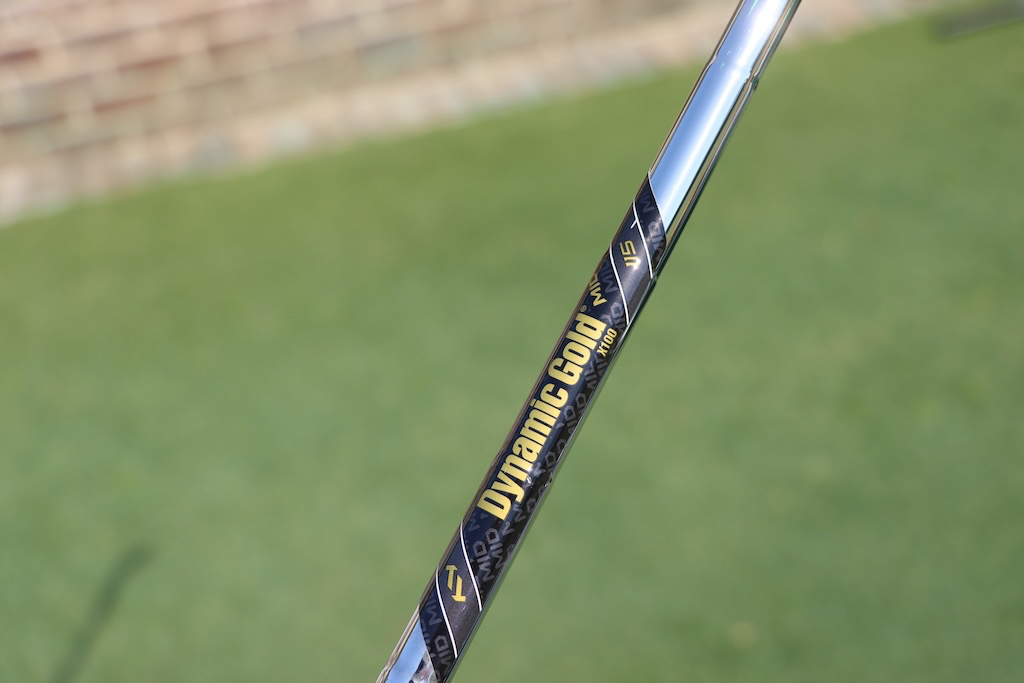
Wedges: TaylorMade MG4 (50-SB09, 56-LB08), TaylorMade MG4 TW (60-TW11)
Shafts: True Temper Dynamic Gold Tour Issue S400
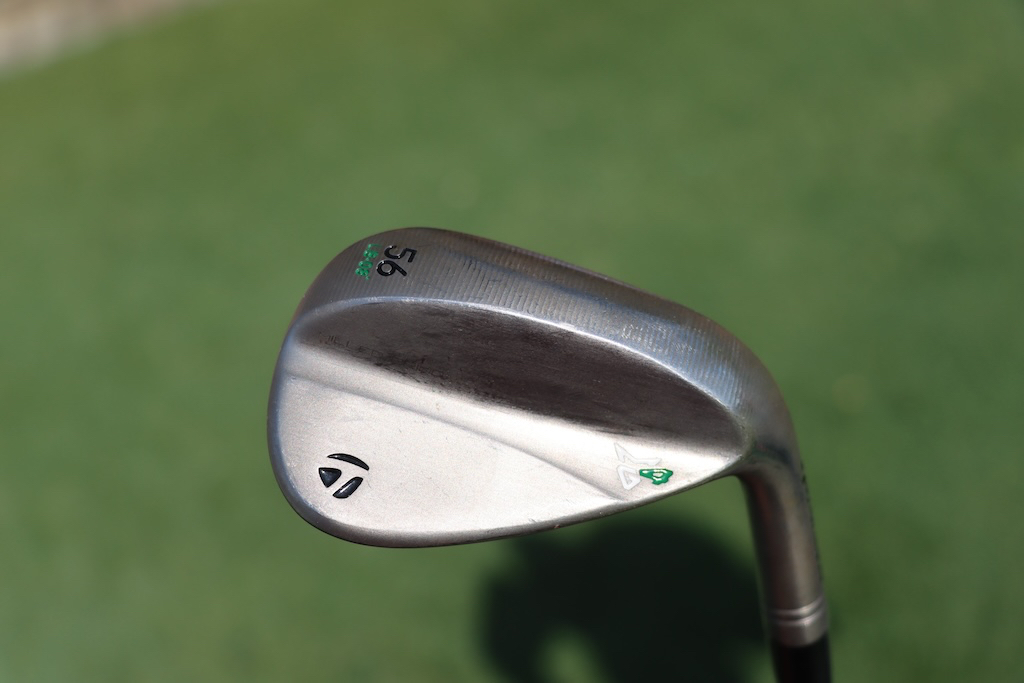
Putter: TaylorMade TP Soto
Grip: SuperStroke Zenergy Tour 2.0
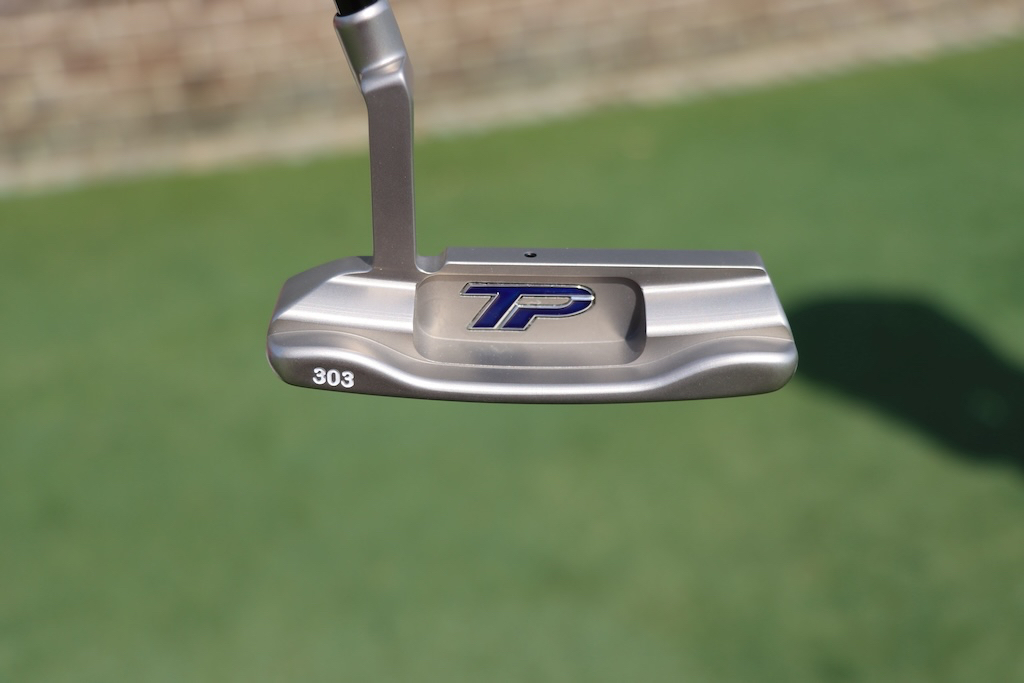
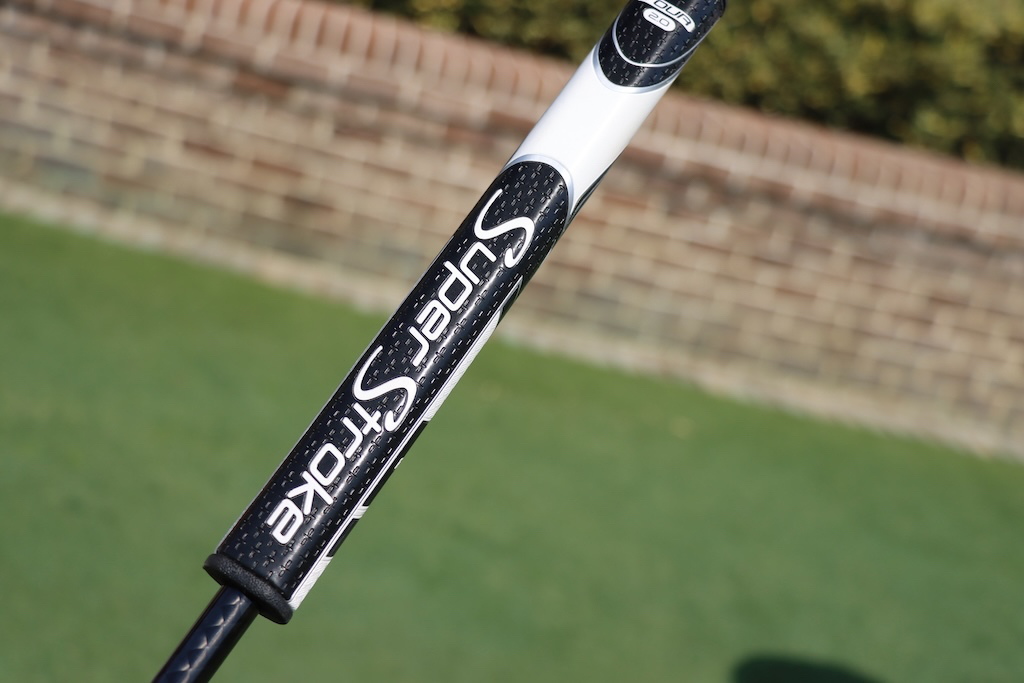
Grips: Golf Pride Z-Grip Cord
Ball: TaylorMade TP5x
- LIKE1
- LEGIT0
- WOW1
- LOL0
- IDHT0
- FLOP0
- OB0
- SHANK0
-

 19th Hole1 week ago
19th Hole1 week agoDave Portnoy places monstrous outright bet for the 2024 Masters
-

 19th Hole2 weeks ago
19th Hole2 weeks agoThings got heated at the Houston Open between Tony Finau and Alejandro Tosti. Here’s why
-

 19th Hole1 week ago
19th Hole1 week agoTiger Woods arrives at 2024 Masters equipped with a putter that may surprise you
-

 19th Hole2 weeks ago
19th Hole2 weeks agoReport: Tiger Woods has ‘eliminated sex’ in preparation for the 2024 Masters
-

 19th Hole3 days ago
19th Hole3 days agoTwo star names reportedly blanked Jon Rahm all week at the Masters
-

 19th Hole2 days ago
19th Hole2 days agoNeal Shipley presser ends in awkward fashion after reporter claims Tiger handed him note on 8th fairway
-

 19th Hole2 weeks ago
19th Hole2 weeks agoAddiction, spinal fusion, and scam artists – Everything Anthony Kim revealed in candid interview with David Feherty
-

 19th Hole2 weeks ago
19th Hole2 weeks agoAnthony Kim says doctors told him that he ‘may not have much time left’ ahead of LIV return



